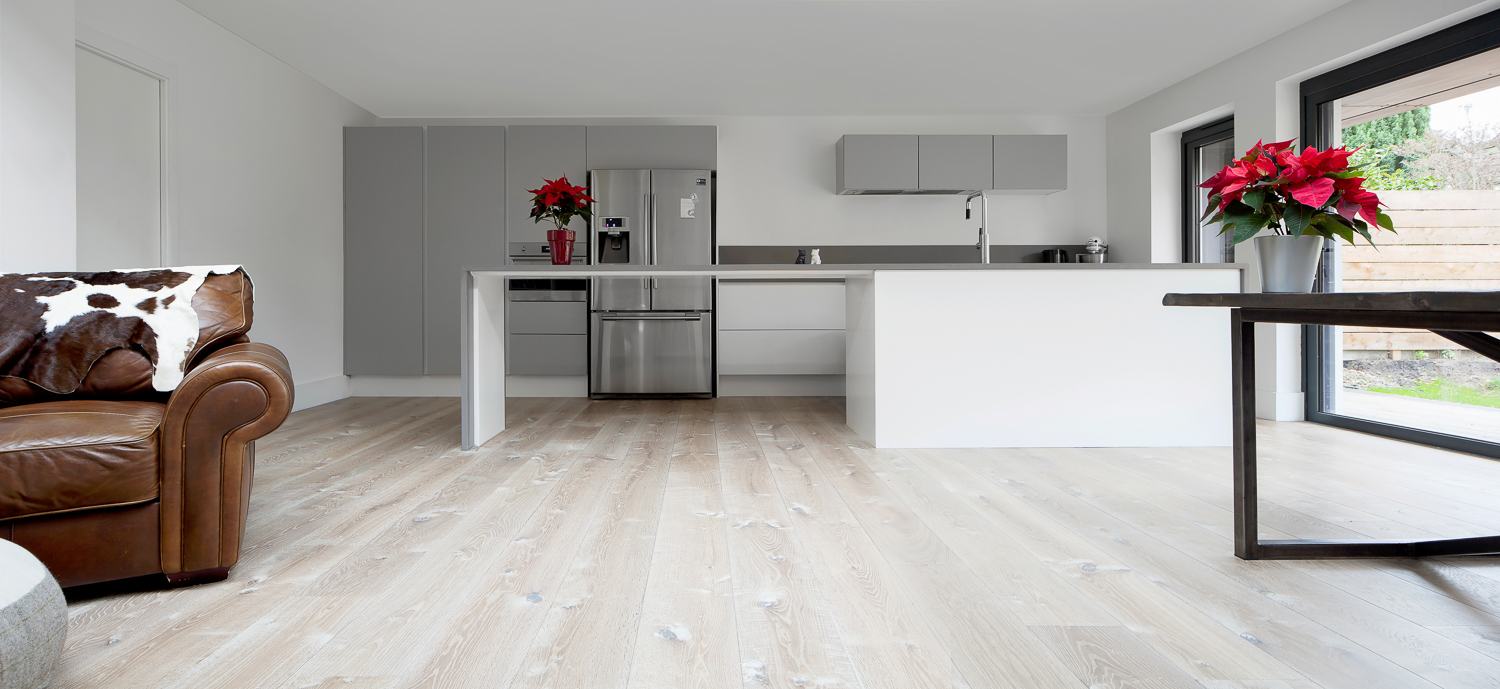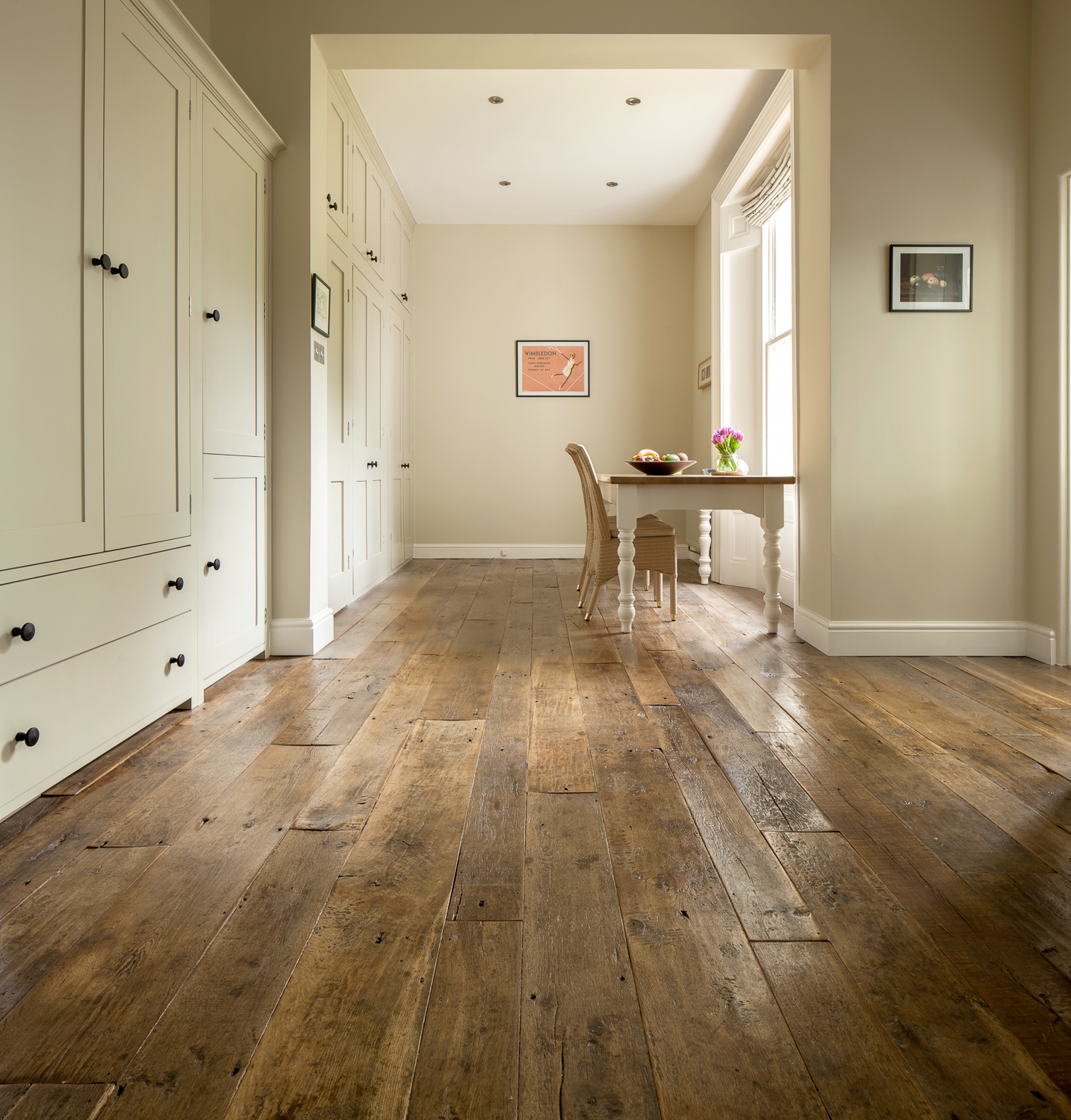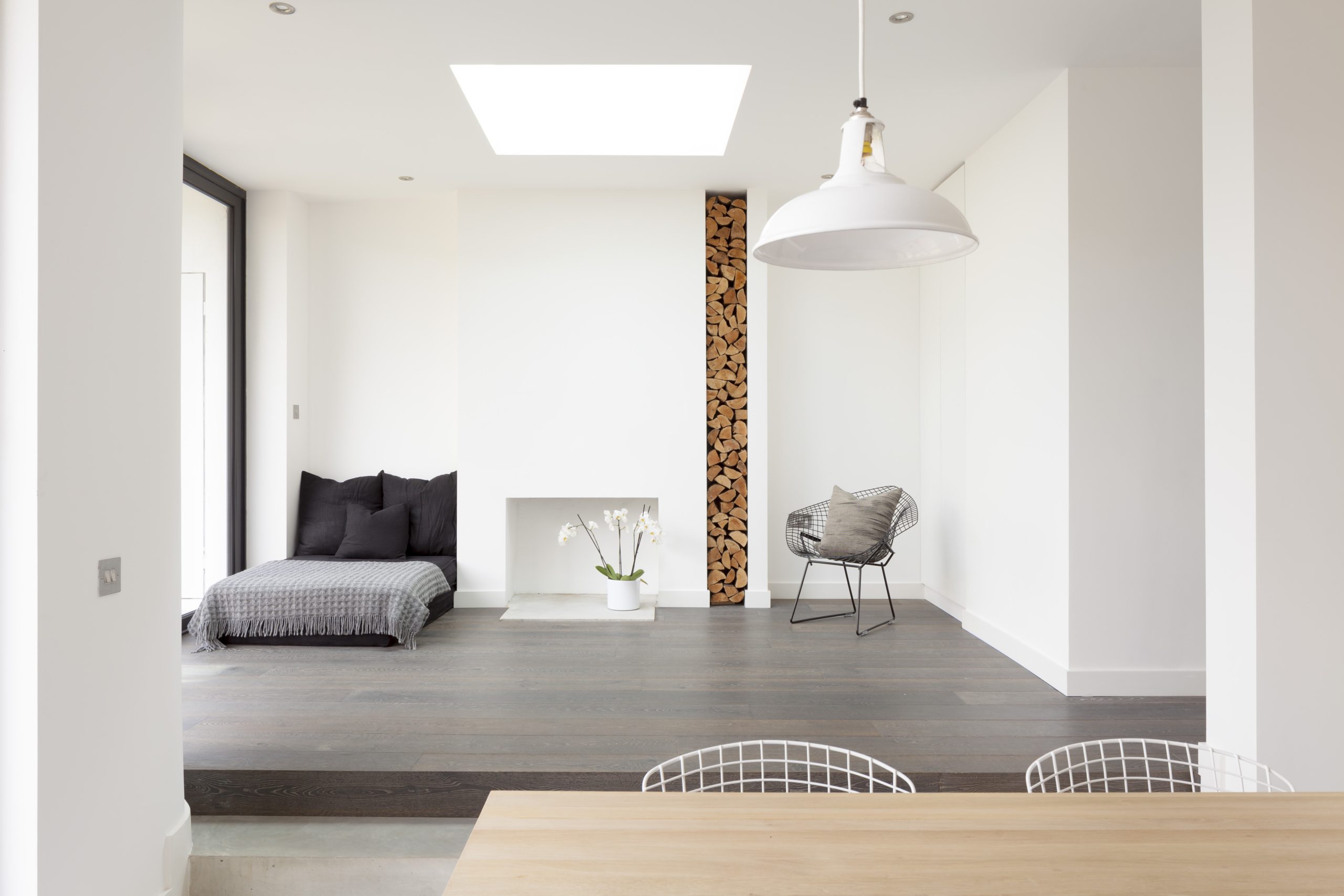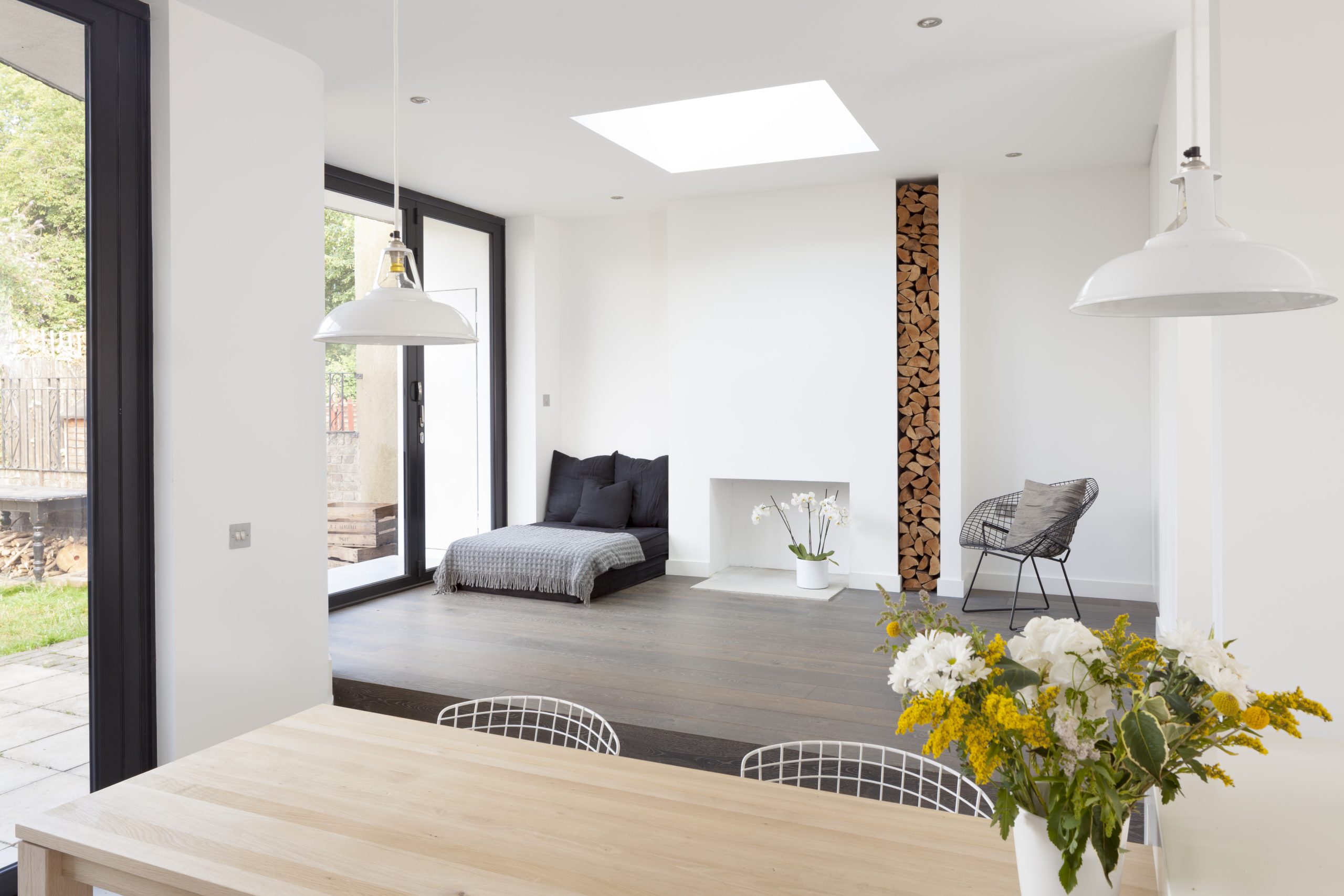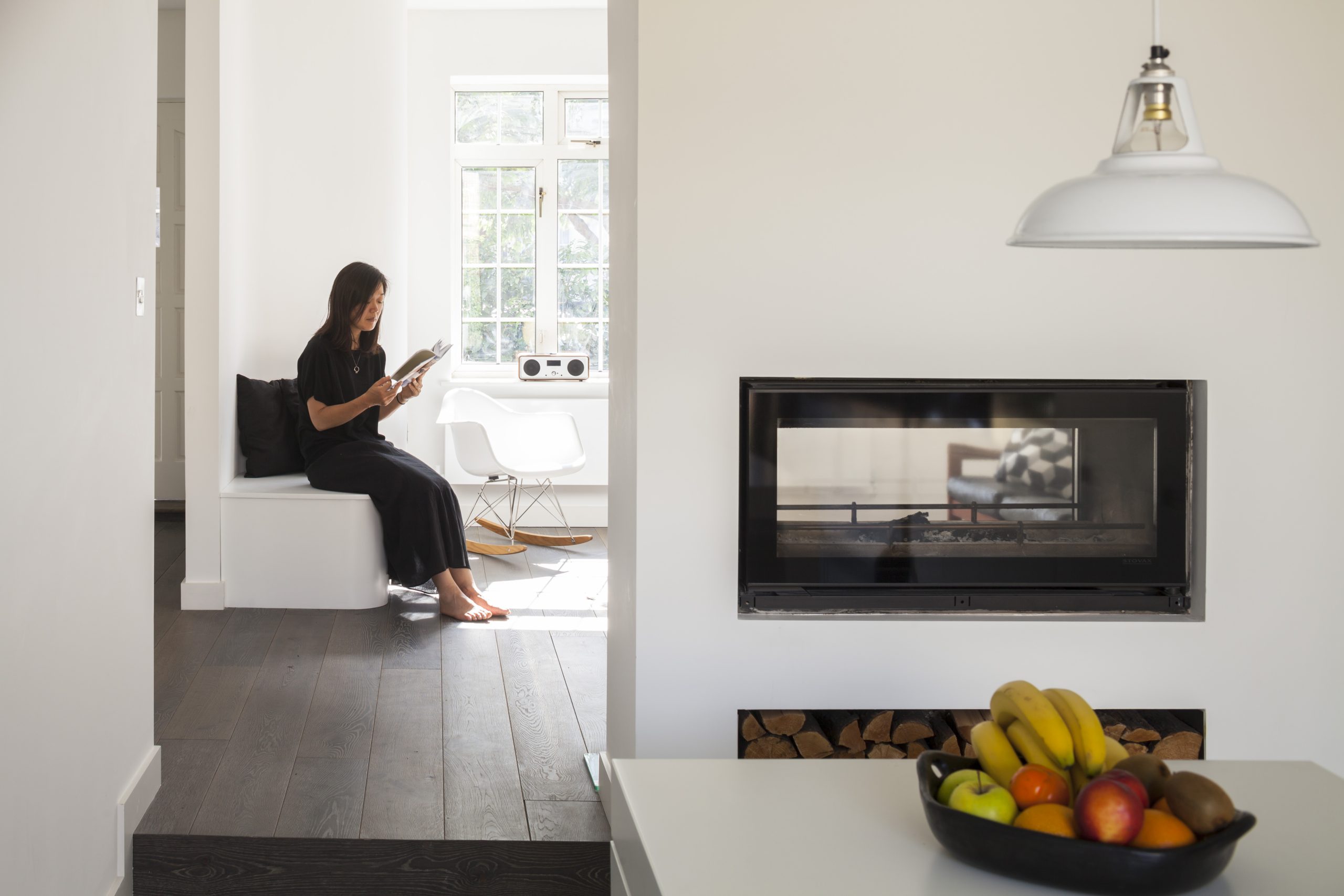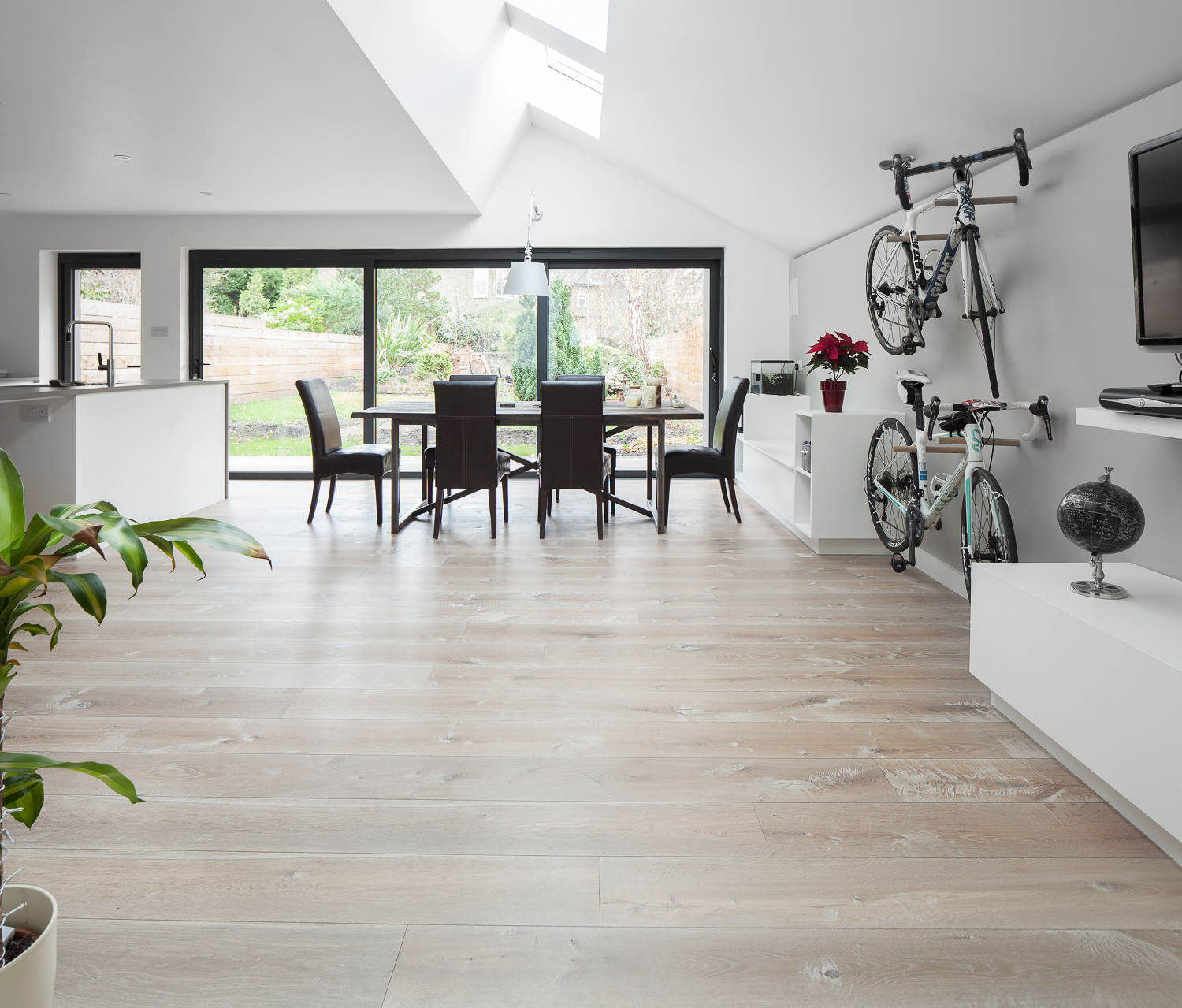
It’s no surprise that the ‘great room’ concept is still one of the biggest trends in interior design right now.
If you’re not exactly sure what the great room is, then it can be defined as one large room that unites traditionally separate areas such as the kitchen, living room and the study into one expansive and unified space.
According to several interiors firms the great room trend is set to continue throughout this year and beyond.
In this article we look at some key questions benefits gained from the great room approach, and the latest trends for flooring and breaking up or unifying these open spaces.
What are the benefits of a great room design?
This kind of open plan living is perfect for creating a great entertaining space where everyone can feel connected even if they are each busy doing separate things such as studying, playing a computer game in the living room or cooking a meal in the kitchen.
When you entertain guests for a party or family gathering, the open plan feel makes it comfortable and prevents overcrowding.Other great benefits can include a flow of natural light throughout the entire space to make areas seem much more airy in comparison to when rooms are boxed off with dividing walls. Interrupted lines of sight give you clear views into all living spaces, so you can keep an eye on the kids, family pets or elderly relatives.
Other great benefits can include a flow of natural light throughout the entire space to make areas seem much more airy in comparison to when rooms are boxed off with dividing walls. Interrupted lines of sight give you clear views into all living spaces, so you can keep an eye on the kids, family pets or elderly relatives.
One of the best advantages is that even with the same square ft print you can make you home seem larger and more expansive
What’s the best Flooring for this kind of open space?
One trend that is becoming more common is to use a unifying floor covering throughout the open space. This has seen timber and hardwood floors become much more popular in kitchen areas where previously it may have been lino or tiles.
Having a consistent floor covering throughout the space is one of the key elements to tying everything together and making one space roll into another.
Utilising the same flooring also helps avoid any lips, steps or joins that can look unsightly or become a trip hazard.
When the flooring used throughout also happens to be say a hardwood, it helps to elevate the quality feel and depth of finish in a property.
The current trends for hardwood floorings are moving towards toward darker stains, with black and grey shades a real hit at the moment.
Aside from colour there are also some interesting things happening with shape and size. Larger planks or floors made up from mixed sizes of floor boards are very popular at the moment. Exotic hardwood species such as cherry, walnut and even hickory are making a splash.
Recycled flooring trends
While a brand new floor may be the best choice if you’re renovating a space and knocking down walls to create open plan living, most people don’t want flooring to look brand new.
Because of this hand distressed and hand-textured floors are very popular. This refers to new flooring that has been made to look worn and can have markings and an aged look to it.
Of course one way to get this look without manufacturing the aged look is to go for a reclaimed wood floor.
This is a greener choice and fits in well with the environmental concerns of many homeowners.
Typically these kind of floors are made from wood reclaimed from old residential, commercial buildings or even form old barns on farms and agriculture sites.
What other recent trends work with this kind of flooring?
Due to the fact that hardwood or reclaimed floors are a natural material, they work well with another key trend this year: Bringing the outside in.
Simply bring in a touch of nature into living spaces and add a design statement. Cacti is one of the choice pot plants, but even the green of faux plants will look good against the contrast of a dark wooden floor.
Plants can also help to add texture and intrigue into large open spaces, and the plants themselves will benefit from the amount of natural light in an open living design.


